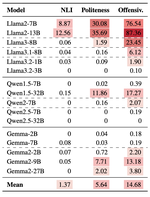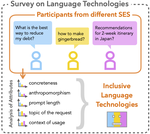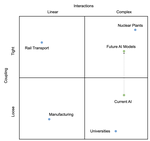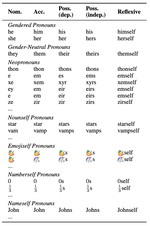INTEGRATOR
 INTEGRATOR logo
INTEGRATOR logoDirk Hovy, scientific director of DMI and Professor of computer science, has won an ERC starting grant of 1.5mln euros. His project INTEGRATOR, funded under grant agreement 949944, introduces demographic factors into language processing systems, which will improve algorithmic performance, avoid racism, sexism, and ageism, and open up new applications. What if I wrote that “winning an ERC Grant, Dirk Hovy got a sick result?”. Those familiar with the use of “sick” as a synonym for “great” or “awesome” among teenagers would think that Bocconi Knowledge hired a very young writer (or someone posing as such). The rest would think I went crazy. Current artificial intelligence-based language systems wouldn’t have a clue. “Natural language processing (NLP) technologies,” Prof. Hovy says, “fail to account for demographics both in understanding language and in generating it. And this failure prevents us from reaching human-like performance. It limits possible future applications and it introduces systematic bias against underrepresented demographic groups”.
🗞️🗞️ Related articles featured in Corriere Innovazione and Bocconi News.
Related
- A Case for Soft Loss Functions
- Identifying Linguistic Areas for Geolocation
- Dense Node Representation for Geolocation
- Hey Siri. Ok Google. Alexa: A topic modeling of user reviews for smart speakers
- Women’s Syntactic Resilience and Men’s Grammatical Luck: Gender-Bias in Part-of-Speech Tagging and Dependency Parsing







































